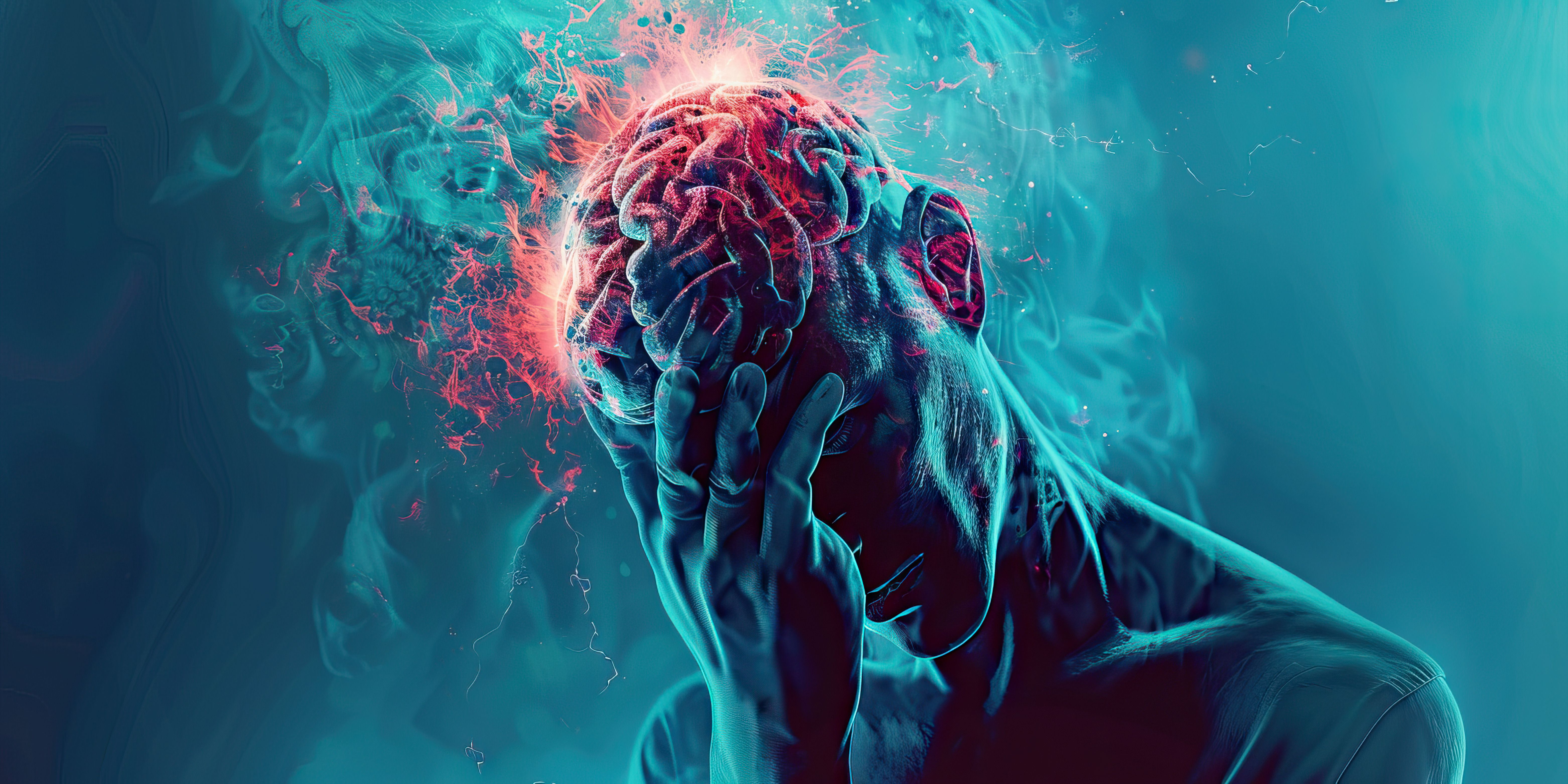Video
Testing and Criteria for Narcolepsy Diagnosis
Author(s):
In this custom video series, Debra Stultz, MD, and Stephen Stahl, MD, PhD, share insights into diagnosing narcolepsy, including signs to monitor for, testing, and the potential for false negatives.
Debra Stultz, MD: How do you diagnose narcolepsy?
Stephen Stahl, MD, PhD: Well, there’s the rich man’s way and the poor man’s way. I’m not sure I can diagnose narcolepsy, but I can diagnose sleep onset and possibly even sleep-onset REM [rapid eye movement] in an airplane. This is my anecdote. If you get on an airplane, you’ll be on the runway and very quiet because you’re ready to take off. You can take 20 or 30 minutes in the quiet room. If you’re very observant, you’ll see this [his head falls forward]—all these heads breaking down and a lot of people going to sleep. They may or may not have excessive daytime sleepiness. I’m teasing. That’s very much how I diagnose narcolepsy. Put somebody in a room that’s dark and quiet and see how long it takes them to fall asleep. You can measure the latency to fall asleep. If it’s very quickly, then that’s not normal. There are a number of causes of excessive daytime sleepiness other than narcolepsy, but that diagnosis EDS, excessive daytime sleepiness.
Debra Stultz, MD: Right.
Stephen Stahl, MD, PhD: However, if you have an EEG [electroencephalogram] on at the same time, it’s not normal to go to sleep right into REM. That’s highly suspicious that you have narcolepsy. Some sleep deprivation can cause that as well; it’s not 100%. But sleep-onset REM, excessive daytime sleepiness, and latency to go to sleep very fast are all a diagnosis of narcolepsy.
Debra Stultz, MD: Right. To get the diagnosis, we do an overnight sleep study followed by MSLT, multiple sleep latency test, which is having the patient try to go to sleep 4 times every 2 hours, and we measure how quickly they go to sleep and what kind of sleep they have, and how quickly they get into REM sleep if they have REM sleep at all. We know we can use even an early REM sleep onset latency in their overnight setting, the PSG [polysomnography]. But by the strictest definition of narcolepsy, you must have 2 sleep-onset REM periods during the MSLT [multiple sleep latency test] or you could have 1 in the MSLT and 1 in the PSG.
Stephen Stahl, MD, PhD: You don’t think these are often confirmatory? The way you get somebody to go through the hassle and expense of getting the test is different, which is to say that they fall asleep as a passenger in a car. Because if they have some of these problems, then they figure out to stop driving. If you’re at a traffic signal and that’s another way to say it, if you’re at a red light and you fall asleep, you’d better look into this a little. Does Grandpa fall asleep or does Mom fall asleep at the light? A lot of us do, but there are hints that people are sleeping too much, and they go rapidly into sleep. The other thing is they often wake up refreshed. It’s very funny how not all the time when I take a nap do I wake up refreshed, but that’s what these very brief episodes—you say, “Maybe we better investigate that,” then you do these fancy MSLTs and sleep EEGs.
Debra Stultz, MD: Those are good points about the history, about the naps being refreshing and how quickly they can fall asleep. The MSLTs can also be influenced once again if they’re on antidepressants or any REM-suppressant medications when they have the MSLT. It can make the MSLT negative. The other point I’d like to make is 1 MSLT does not exclude this diagnosis. Even having a negative MSLT at all does not exclude the diagnosis.
Transcript edited for clarity.
Disclosures:
Dr Stephen Stahl is clinical professor of psychiatry and neuroscience at the University of California Riverside, adjunct professor of psychiatry at the University of California San Diego, and honorary fellow in psychiatry at the University of Cambridge. Over the past 12 months (January 2020 - December 2020), Dr Stahl has served as a consultant to Acadia, Alkermes, Allergan, AbbVie, Arbor Pharmaceuticals, Axovant, Axsome, Celgene, Concert, Clearview, EMD Serono, Eisai Pharmaceuticals, Ferring , Impel NeuroPharma, Intra-Cellular Therapies, Ironshore Pharmaceuticals, Janssen, Karuna, Lilly, Lundbeck, Merck, Otsuka, Pfizer, Relmada, Sage Therapeutics, Servier, Shire, Sunovion, Takeda, Taliaz, Teva, Tonix, Tris Pharma, and Viforpharma; he is a board member of Genomind; he has served on speakers bureaus for Acadia, Lundbeck, Otsuka, Perrigo, Servier, Sunovion, Takeda, Teva, and Vertex; and he has received research and/or grant support from Acadia, Avanir, Braeburn Pharmaceuticals, Eli Lilly, Intra-Cellular Therapies, Ironshore, ISSWSH, Neurocrine, Otsuka, Shire, Sunovion, and TMS NeuroHealth Centers.
Dr Debra Stultz is the Director and Owner of Stultz Sleep and Behavioral Health in Barboursville, West Virginia. Dr Stultz earned her medical degree from Marshall University School of Medicine in Huntington, West Virginia. She completed a residency in psychiatry and a fellowship in child and adolescent psychiatry through West Virginia University at their Charleston Division through Charleston Area Medical Center in Charleston, West Virginia. She is board certified in psychiatry, sleep medicine, and behavioral sleep medicine. With a special interest in Narcolepsy, she treats a variety of sleep disorders and psychiatric issues. She is also the editor for the Clinical TMS Society newsletter, on their Board of Directors, and the chairman of the TMS and Sleep Disorders Affinity Group. Dr Stultz is on the advisory committee for Harmony Biosciences and is a speaker for Harmony Biosciences and Jazz Pharmaceuticals.






